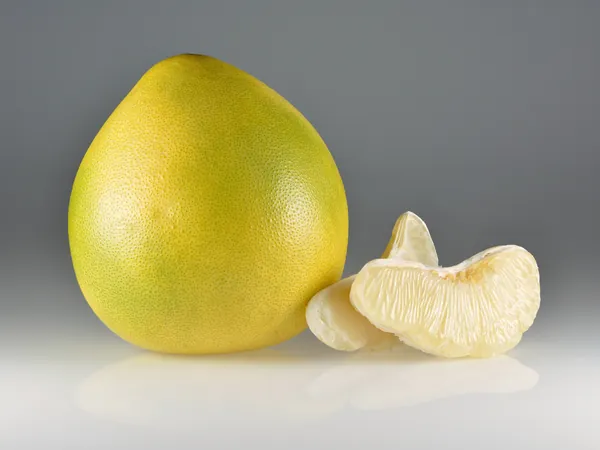
Unlocking Nature's Defense: Ancient Plant Protein Paves the Way for Disease-Resistant Crops
2025-09-04
Author: Liam
A Revolutionary Discovery in Crop Protection
In a groundbreaking study led by Ken Shirasu at the RIKEN Center for Sustainable Resource Science in Japan, researchers have unearthed an ancient protein that may revolutionize the way plants defend themselves against a staggering variety of pathogens.
Meet SCORE: The Pathogen-Destroying Protein
Dubbed "SCORE" (Selective COld shock protein REceptor), this remarkable receptor can identify cold-shock proteins, which are present in over 85% of known bacteria, fungi, and even insects. Newly published research in the journal *Science* unveils that by modifying parts of SCORE, scientists can tailor its abilities to recognize different pathogens, holding immense potential for future crop resilience.
Current Challenges in Crop Immunity
When flowering plants such as rice, wheat, and olive trees fall victim to pathogens, their growth and yield drastically suffer. While plants possess immune receptors designed to identify these threats, no single receptor can tackle every pathogen. However, recent findings suggest that receptors from one plant lineage can sometimes be transferred to another, enhancing their defense mechanisms.
Pioneering a New Strategy
Shirasu and his team embarked on an ambitious quest to decode these receptor-microbe interactions. Starting with a vast collection of over 1,300 receptors from 350 diverse plant genomes, they discovered an unknown immune receptor within the pomelo, a widely consumed citrus fruit.
How SCORE Works: A Peek Under the Hood
SCORE specifically reacts to a segment of cold-shock proteins designated "csp15," which consists of 15 amino acids. Remarkably, altering certain amino acids within csp15 allowed the researchers to change the spectrum of pathogens that SCORE could recognize. Their analysis found that nearly all pathogens—excluding viruses—produce at least one type of cold-shock protein, making SCORE a game-changer in agricultural science.
Natural Variation and Evolutionary Insights
Intriguingly, the researchers uncovered over 60 variations of SCORE across different plant lineages, tracing its evolutionary roots back to a common ancestor of flowering plants. This discovery indicates that many of the crops we rely on for food may possess unique variations of this protective receptor.
Engineering the Future of Agriculture
With exciting possibilities ahead, the research team plans to engineer new versions of SCORE that can identify an even broader array of pathogens. For instance, they've already created a modified version that can detect cold-shock proteins from notorious bacterial strains like Ralstonia, Erwinia, and Xanthomonas—proving that these modifications could help bolster agricultural defenses.
Towards Sustainable Food Security
Shirasu envisions this study as a pivotal step toward enabling the genetic engineering of immune receptors in economically vital crops. First author Bruno Pok Man Ngou emphasized their goal to fortify crops against diseases and pests, ultimately contributing to global food security and a sustainable agricultural future.









 Brasil (PT)
Brasil (PT)
 Canada (EN)
Canada (EN)
 Chile (ES)
Chile (ES)
 Česko (CS)
Česko (CS)
 대한민국 (KO)
대한민국 (KO)
 España (ES)
España (ES)
 France (FR)
France (FR)
 Hong Kong (EN)
Hong Kong (EN)
 Italia (IT)
Italia (IT)
 日本 (JA)
日本 (JA)
 Magyarország (HU)
Magyarország (HU)
 Norge (NO)
Norge (NO)
 Polska (PL)
Polska (PL)
 Schweiz (DE)
Schweiz (DE)
 Singapore (EN)
Singapore (EN)
 Sverige (SV)
Sverige (SV)
 Suomi (FI)
Suomi (FI)
 Türkiye (TR)
Türkiye (TR)
 الإمارات العربية المتحدة (AR)
الإمارات العربية المتحدة (AR)